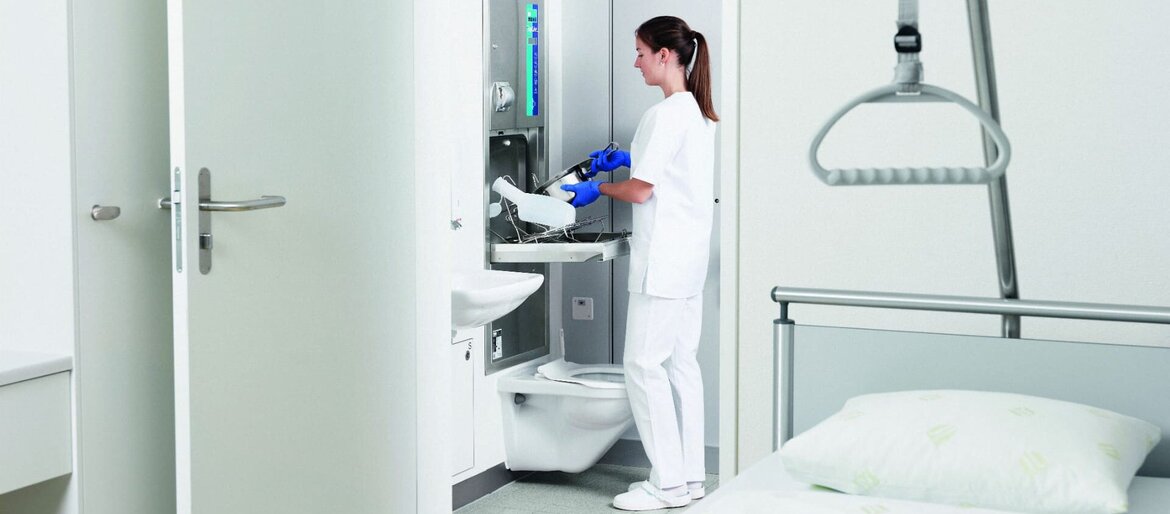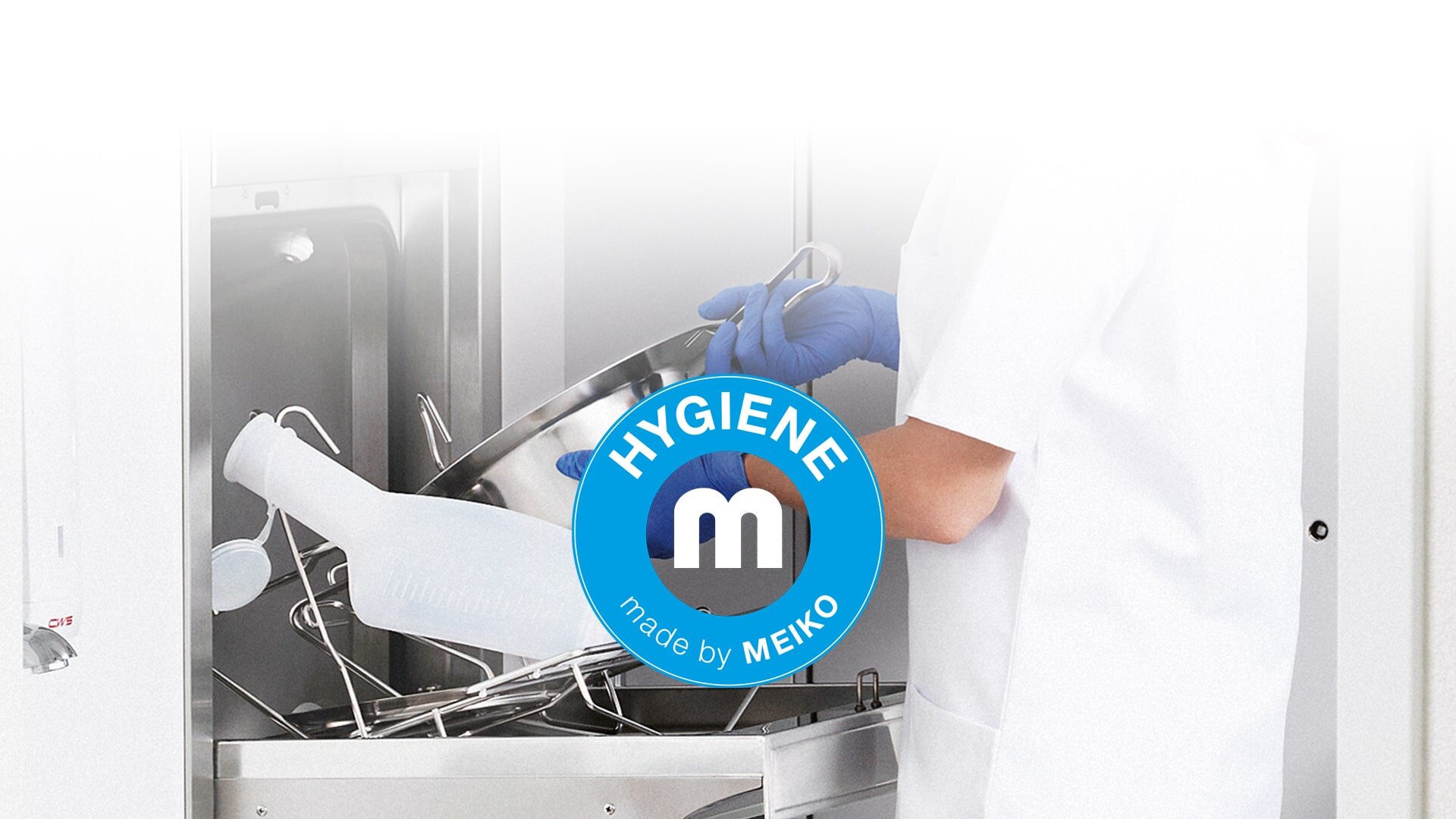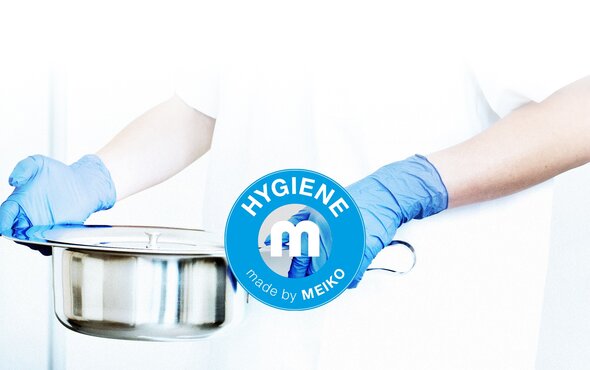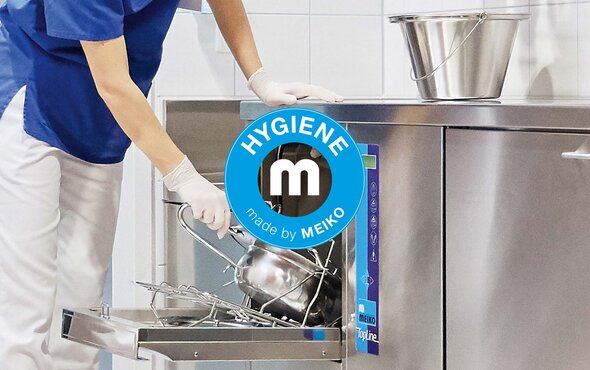
Bedpan washer-disinfectors are a permanent fixture in the hospital sluice rooms and care home utility rooms of this world. The Commission for Hospital Hygiene and Infection Prevention (KRINKO) at the Robert Koch Institute (RKI) in Germany is very clear on whether they are to be considered a ‘luxury’ or a necessity (translated from the original German):
‘Bedpan washer-disinfectors should be used in preference to manual cleaning to clean care utensils primarily for reasons of process reliability (a validated process that is checked at regular intervals), to ease the burden on staff and for personal protection.’
Having carried out a comparative analysis of various methods for cleaning bedpans, the Agence d’évaluation des technologies et des modes d’intervention en santé (AETMIS) in Quebec, Canada, reached the following conclusion:
‘Manual bedpan cleaning must be proscribed because it poses a very high risk of infection: staff must not empty bedpans into sinks or toilets and must no longer use spray wands.’
The Spaulding classification:
The classification of medical devices as critical, semi-critical and non-critical published in the 1960s by Earle H. Spaulding categorises a bedpan as a non-critical medical device. However, because there is a possibility of a bedpan coming into contact with non-intact skin or mucous membranes, it can also be categorised as semi-critical. With this in mind, the Spaulding list recommends that after cleaning, bedpans should also be disinfected and better still sterilised.
RISKS OF CONTAMINATION – A DIRECT COMPARISON
The risk of contamination is present wherever a bedpan is handled, whether that is transport, emptying or storage. The greater the number of tasks that are carried out by hand, the higher the risk.
Christine Lobè, who authored the above comparative analysis of bedpan processing equipment in 2009, drew the following conclusion in her literature review:
There is obviously a risk of splashback when bedpans are emptied manually before being placed in a bedpan washer-disinfector. The contaminated droplets pose an infection hazard to staff and the work environment.
Not so with a bedpan washer-disinfector from MEIKO! The contents of the bedpan are emptied automatically, hygienically and safely into the appliance when the door is closed. This is particularly important because bodily fluids carry high levels of infectious substances – so high levels of care and attention and the highest safety standards are required in disposing of them.
Although more recent bedpan-washer models no longer require bedpans to be emptied by hand, the staff still risk contamination if excretions are spilled during bedpan transport in the corridors (from patients’ rooms to dirty utility rooms). The same risk applies when macerators are used.
MEIKO is even able to reduce this hazard by offering bedpan washer-disinfectors designed specifically for isolation rooms and ICUs. Installed in patients’ rooms over toilets, they prevent the spread of germs.

BENEFITS OF MACHINE CLEANING – AT A GLANCE
Machine cleaning and disinfection has the benefit that disinfection is completed inside a closed system – at the touch of a button, using a thermal process, with an adjustable A0 value (60 to 3000) and short process cycles.
The risks of contamination are minimised to the greatest possible extent, because the bedpan is emptied, cleaned, disinfected and dried fully automatically.
The following features of MEIKO bedpan washer-disinfectors are among those that safeguard the highest standards of hygiene:
- Door opening via automatic infrared control or foot switch to prevent contamination of hands
- Flush wall mounting in patients’ rooms or ensuite bathrooms for short distances to reduce the transmission of pathogens
- Large buttons, clear icons and symbols and plain text displays minimise user errors
The result:
- More reliable cleaning for patients
- Increased safety and security for staff
What should the hygiene management of care utensils look like in conjunction with clostridium difficile (now clostridioides difficile)?
What are the benefits of cleaning bedpans in MEIKO bedpan washer-disinfectors?
Read all about these factors and more in the white paper.
Download it here now!




